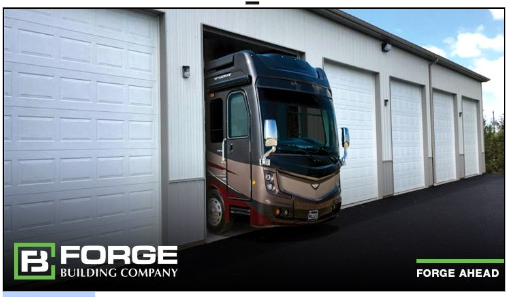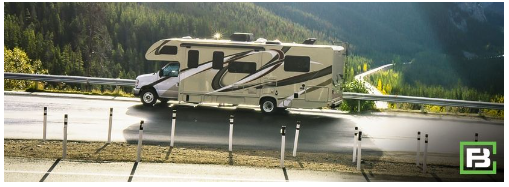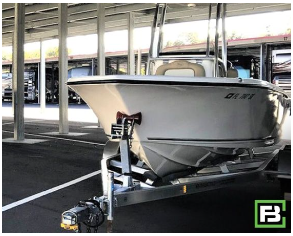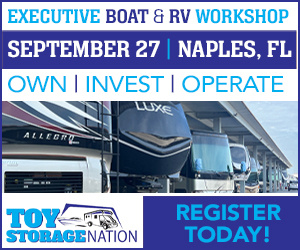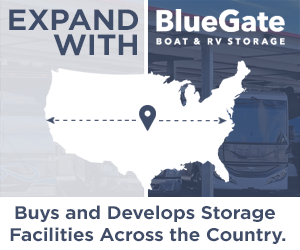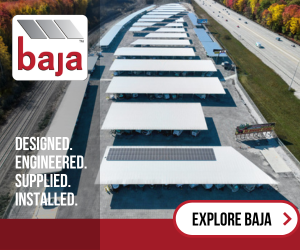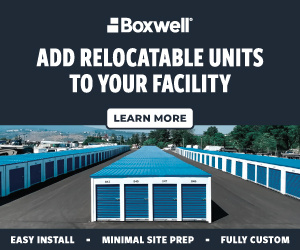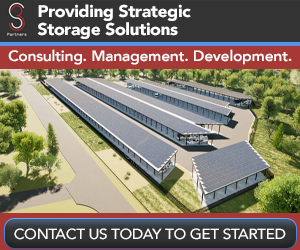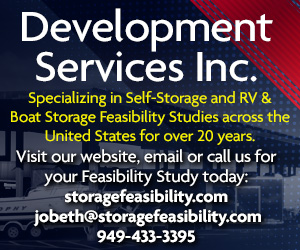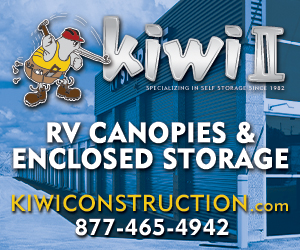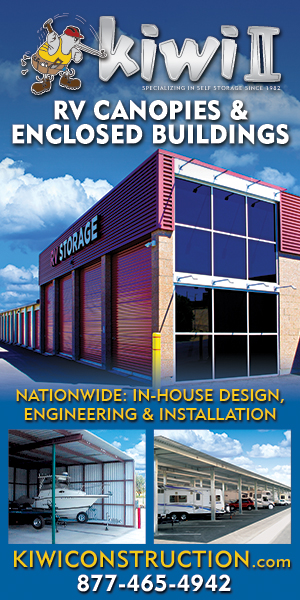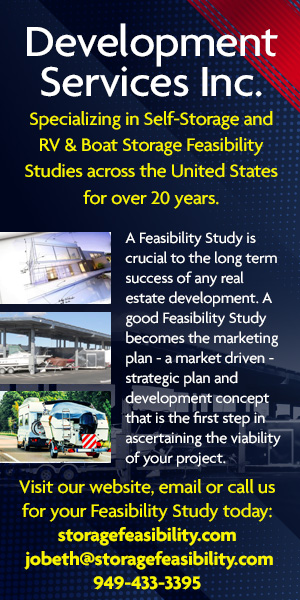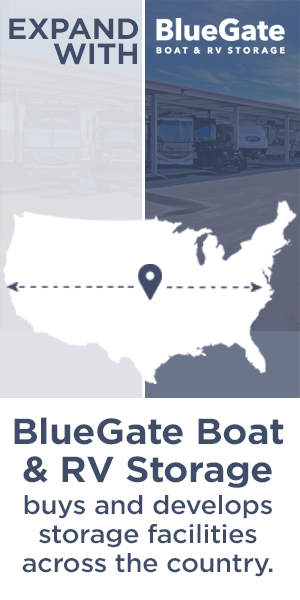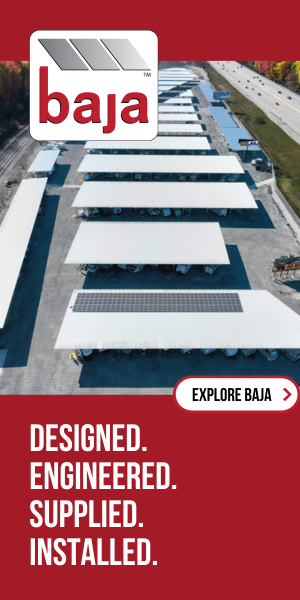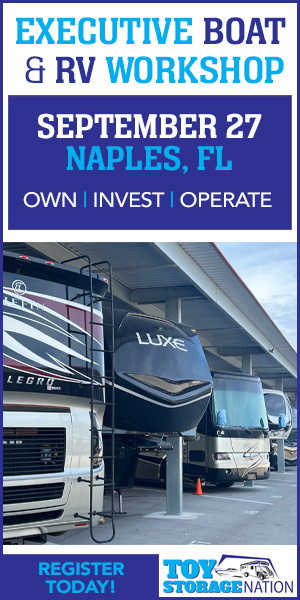By Hamish Bell
Americans love to travel and have been purchasing RVs and boats for years. According to numbers shown from industry trade groups and places like Statistica, Camper FAQs and Go Rving, growth in ownership and usage of RVs and boats is growing. There are currently over 25,000,000 boat and RV owners with another 9,000,000 expected to join the market in the next three years. This poses a pretty problem for RV and boat storage owners and operators.
The RV industry alone has seen consistent growth every year since 2009, and with the popularity of van life coupled with the pandemic, there was a huge spike in Gen-Z and millennial RV owners that wanted to travel and have recreational experiences without crowds. Many also found that they could work from remote locations, which meant they can live in RVs and work, not just use them for travel. This helped the outdoor recreation industry to reach close to a trillion dollars.
One other development advantageous to toy storage demand is the growth in Airbnb-type online apps, which allow RV owners to rent vehicles that are parked in vehicle storage facilities. The RVIA notes that median annual usage of RVs is 25 days a year, which means that many vehicles are in storage most of the year. Renting stored vehicles can generate significant income for owners.
RV and boat exclusive storage
Recreational vehicles and boats are definitely growing as a genuine part of the American family experience, and economic and social trends indicate that this trend is likely to continue throughout 2023 and beyond. As the sales of RVs and boats increase, the demand to store these vehicles is also likely to grow. Traditional self storage facilities have limited space and amenities to store RVs and boats, which means that demand for RV/boat exclusive facilities will likely grow as RV and boat sales rise.
According to Yardi Matrix, Denver leads metros in RV/boat exclusive storage in acreage with 596.8, followed by San Francisco (420.4), Dallas (345.7), Houston (302.9), and Phoenix (299.3). Denver also leads with 47 properties, followed by Houston (45), San Francisco (39), the Inland Empire (36) and Los Angeles (35)4. Currently, there are only 3,000 RV and Boat Exclusive Storage facilities in the US. If you do the math, that would equate to each facility being required to support 2,000 boats and RVs to make up for current demand.
While boat and RV exclusive storage facilities remain relatively small compared to other niche segments of commercial real estate, the industry registered a record-high capital flow in 2021 – $157.7 million of RV/boat exclusive facilities were sold in 2021, almost triple the previous annual high. These numbers are expected to continue throughout 2023.
Growing niche
The key to any successful self storage project is finding the right parcel of land in the right market for the right price, and then build the right facility on that land. Given the growth of the boat and RV market, if you’re thinking about the best way to add these storage units to your existing facility or building a new boat and RV storage facility, then give the team at Forge Building Company a call. We know all the ins and outs of building these sorts of facilities. Check out our Boat & RV product page and check out our recent video for our customer, SE Boise (https://www.youtube.com/watch?v=HmAcEcb4I-E&list=PL7FdrDM_tL-wtL-oZhF6Jk4CRIXQjkCKU&index=2).
Boat and RV exclusive facilities might be constrained by the cost of land, the amount of acreage needed to house vehicles and the fact that the facilities are geared toward specific objects as opposed to general usage. Drive aisles will need to be larger, and the costs and timelines may differ.
Land
Generally speaking, for a facility to be profitable, you would need a parcel of seven to ten acres. Full lease-up should occur within 24 months, with break even occurring in the mid 14-16 months5. Typically, a ratio of 50 percent coverage yields approximately 217,800 to 304,920 square feet under roof when built out. The average unit size for an enclosed RV unit is 14-by-40 feet or 560 square feet.
Drive aisles
Another reason for the increased land requirements is because the drive aisles need to be wider to give tenants room to maneuver boats with trailers and RVs. Aisles of at least 50-55 feet wide are recommended when accessing spaces that are 40 feet deep.
Is boat and RV storage worth the investment?
Proper due diligence will help any investor assess how much you can afford to pay for a piece of land, based on the amount of rent per square foot of space, and your anticipated construction costs. However, the growing demand from RV and boat sales combined with the limited amount of supply means the segment’s fundamentals should remain healthy, even in volatile economic times making this a very worthwhile investment.
As President of Forge, Hamish Bell has helped “forge” the path when it comes to self-storage developments nationwide. Originally from Papakura New Zealand, after finishing school he came to the U.S. to work alongside Hayden Farrell and his dad, Glen Farrell (“King of Storage”), at his installation company. In 2001, the pair found themselves on a job in Boise, Idaho. They fell in love with the city, the people and the quality of life. Both now called Boise home.
After decades spent working in the steel-structure industry, Forge Building Company was created by the pair. Using their expertise in storage and focusing on the three pillars–of buildings, designing and erecting–led the company to a more diverse portfolio and stronger relations across the U.S. Today, the company offers steel buildings for self-storage, RV and boat storage, car washes, airplane hangars, large warehouses, fish hatcheries and craft breweries/restaurants. Other offerings include pre-engineered metal buildings for industrial and commercial applications.
With a strong portfolio of partners and clients, the Forge team has completed over 500+ jobs, built over 50 million square feet, has over 200+ employees and remains privately owned. For more information, visit forgebuildings.com.
To learn more about vehicle storage development, register for the Toy Storage Nation Executive Workshop, June 16, in Denver/Boulder, Colo., where Melissa Anderson of Forge Building Co. will present on the topic of enclosed construction, answering the following questions:
-
Why now for enclosed boat and RV storage?
-
Identifying the right property.
-
Codes/Compliance considerations.
To register for the accelerated one-day workshop before the event sells out, visit https://toystoragenation.com/









